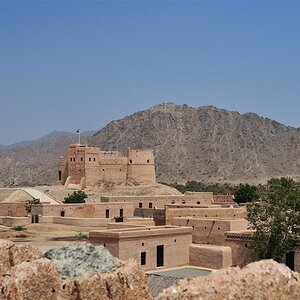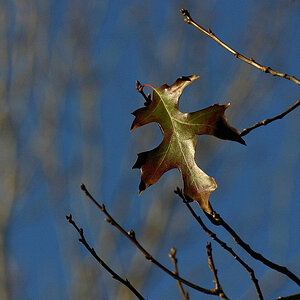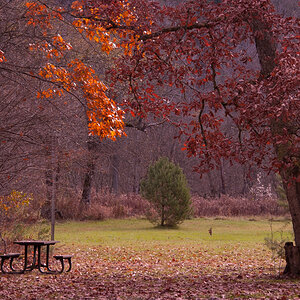k.udhay
TPF Noob!
- Joined
- Mar 6, 2013
- Messages
- 130
- Reaction score
- 9
- Location
- India
- Can others edit my Photos
- Photos OK to edit
Thanks, Josh. During flash lit photographs at night outdoor with the subject slowly moving, I freeze the subject at the instant of flash. But, I also can see a thin blur on the border of the subject. Is it the image that was captured, during the non-flash duration? I am sorry if I am confusing more!The flash duration wouldn't really be a factor in exposure, and the inverse square law wouldn't be any different than if we were talking about a desk lamp - the same rules apply, nothing special happens just because of the flash duration.
As far as shutter speed, that going to be whatever your camera is set to - BUT, if all of the exposure is from the flash, the flash duration effectively becomes the shutter speed. If you're really trying to freeze motion, use the lowest flash power you can get away with (TTL modes will tend to go with the highest power it can get away with).
My camera has a minimum shutter speed of 1/8000, and x-sync of 1/250... But my flash will blow that away if I can get the ISO high enough and the aperture large enough to allow me to use a very low power on my flash.


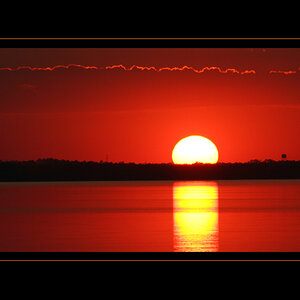
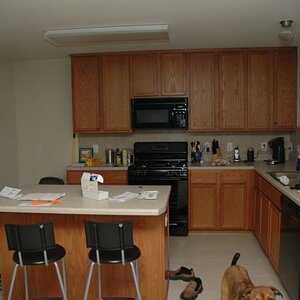
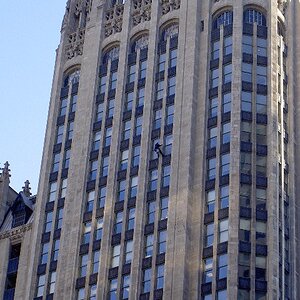

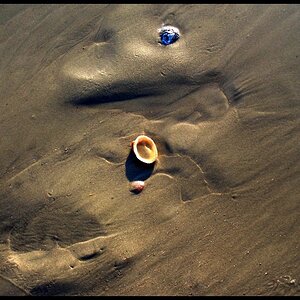
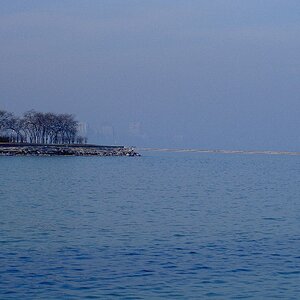
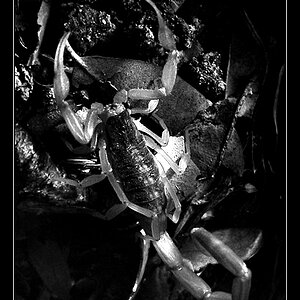
![[No title]](/data/xfmg/thumbnail/35/35597-714b74cc48992e5353856abfe325df68.jpg?1619737065)
